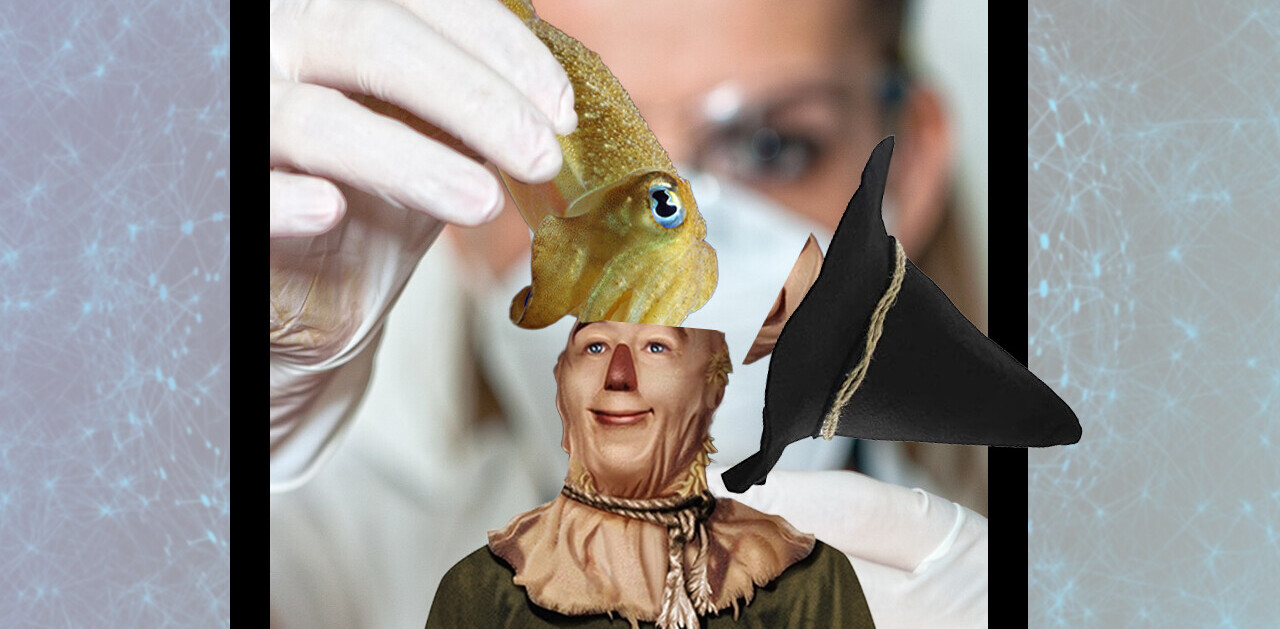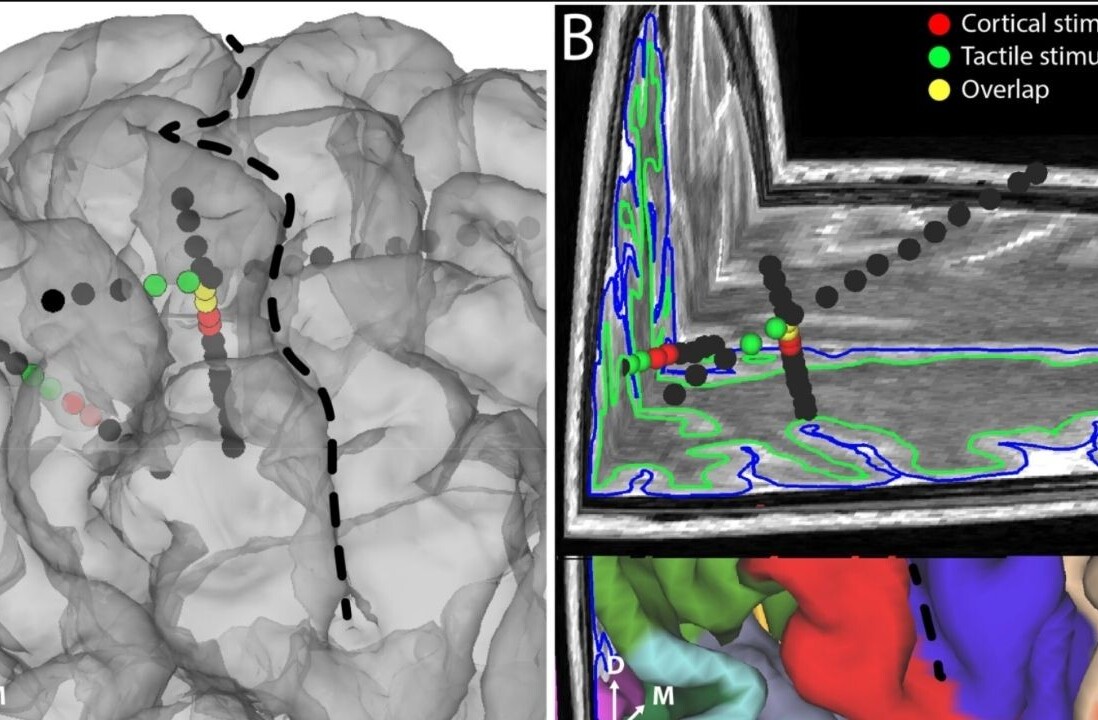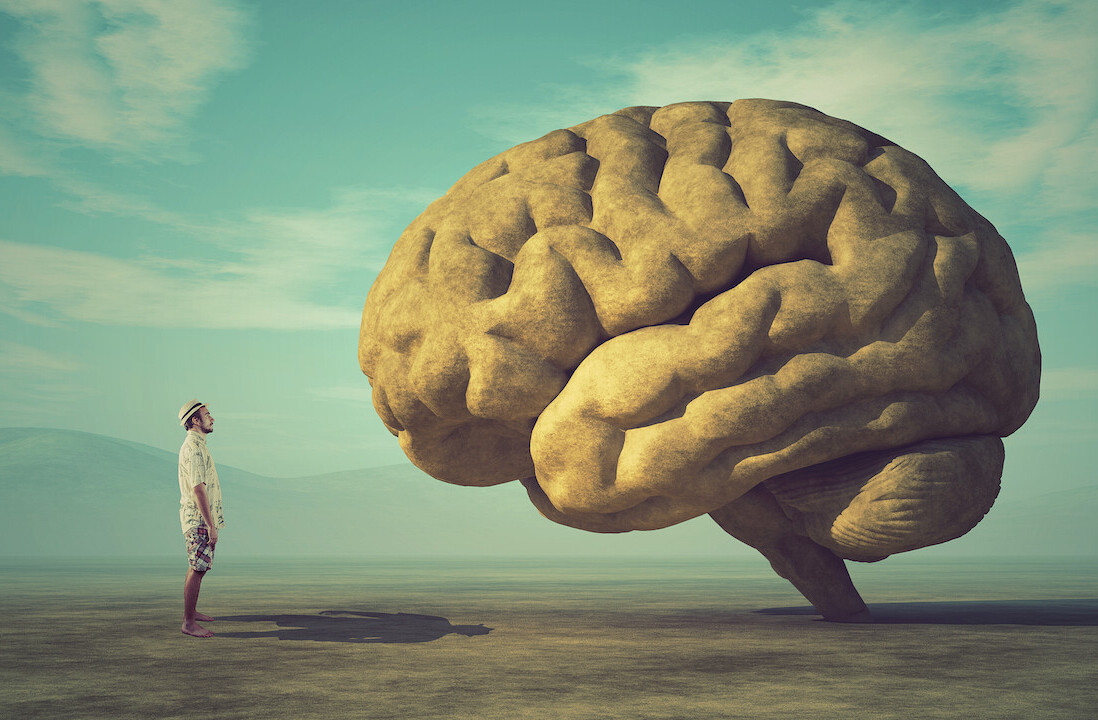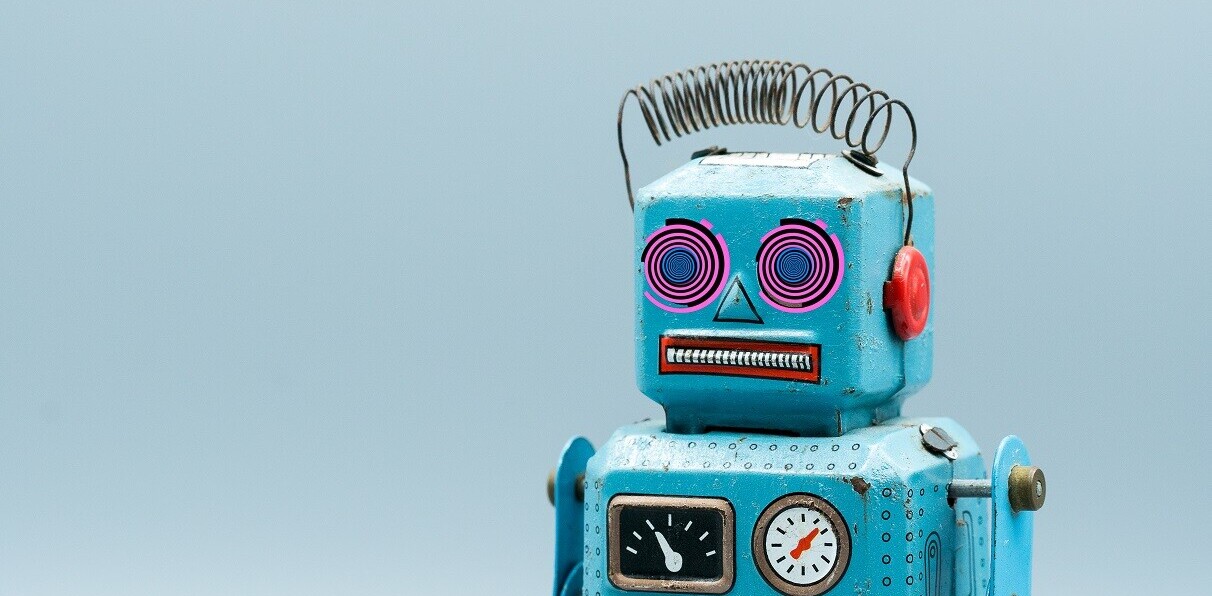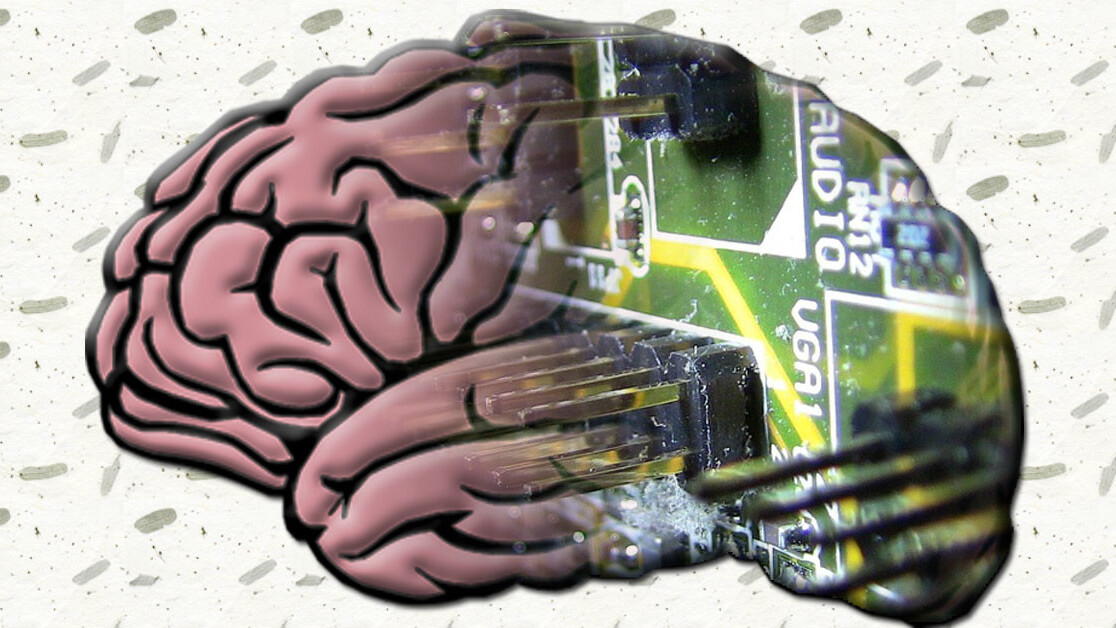
The evidence we all exist in base reality – or at least a base reality – is starting to pile up.
A team of researchers from the US and the UK recently conducted a groundbreaking study into the neurological conditions of two people living without the sense of touch.
Most people orient their conscious existence with the world through a combination of our five senses. We can see a ball flying towards our head, we can feel the ground beneath our feet, we can hear a car whooshing by, and we can smell delicious food before we taste it.
The researchers focused their study on two individuals living without a complete sense of touch. One was identified as a man, called Ian, who lost the sense of touch in most of his body after an illness. And the other was identified as a woman, Kim, who’d been born without the the ability to feel touch.
Background
Per the team’s research:
In this paper, we contrast two very rare yet related neurological conditions: the acquired loss of proprioception and touch in adulthood and the complete congenital absence of these senses. We compare individuals with these two conditions to each other and to normal controls to illuminate how representations of the body can be established and maintained without somatosensory input.
In other words: the study demonstrates how the human brain can form a physical sense of self – an internal representation of our bodies, the space we inhabit, and a detailed knowledge of where the boundaries between us and what’s not us are– even if we can’t feel our bodies or the outside world.
A press release from the University of Chicago describes how the experience of simply waking up in the morning and recognizing reality again differs for people with a neurodivergent sense of touch:
This hypothesis is further bolstered by Kim and Ian’s own reports of what it feels like to wake up in the morning. While Ian goes through a process of re-establishing where his body is each morning, Kim “simply welcomes back the world to her embodied self,” and does not describe a need to re-establish her perception of her body.
The study explains that this is likely because, despite having no ability to physically feel their place in the world, their brains can still form an internal image of physical embodiment.
The research is compelling and is almost certainly an important stepping stone on the way towards understanding how the human brain processes and uses sensory input. But the part that stood out the most was the closing paragraph of the UofC press release:
“What we can learn from this is that you might not do it in the way that others do it, but you will find a way to make a body schema,” said Mason. “You will find a way to make a sense of yourself. Kim has found a way. It’s not the way that you or I do it, or the way that anyone else on earth might do it, but it’s absolutely critical to have that sense of self. You have to be located somewhere. We’re not brains in vats!”
While this part of the news is clearly anecdotal and not part of the research itself, it’s a stunning conclusion for a scientist to come to. If we rule out being brains in vats, we have to rule out a lot of other popular theories for consciousness and reality.
What if there are no pills?
Nick Bostrum’s Simulation Hypothesis, perhaps the simplest of the alternative reality theories, states the odds we’re living in a computer simulation at being greater than zero. Basically, it goes like this: we have to assume any future society capable of creating a computer simulation powerful enough to trick us into believing it’s our reality would either do so, or be incapable of doing so.
There are numerous similar theories ranging from the idea that we’re all just brains in vats in vast warehouses, or, per the hit film The Matrix, that we’re living batteries for an AI species to exploit.
There’s also religious concepts such as “Last Thursdayism” and “Creationism” that believe respectively that the Earth and everything on it was created last Thursday and that the Earth was created 6,000 years ago.
Still others believe our bodies are conduits for souls that will persist after we’re gone, thus this reality is an illusion or a test to determine our ultimate fates.
But this is one of those cases where it’s currently beyond the scope of science to prove a negative. There’s no way to demonstrate that we’re not currently living in The Matrix.
All we can do is look at the evidence.
Exhibits A and I
Artificial intelligence is a tide that’s lifting all ships when it comes to the various scientific communities interested in the human brain. The more we understand machine learning and automation, the closer we come to isolating and understanding those qualities about living organisms that qualify them as intelligent. And the better our understanding of… whatever it is that makes humans so special among all living things.
But, interestingly, AI lives in a world far closer to the “brain in a vat” philosophers have imagined than anything we’ve seen evidence for in psychology or neurology.
When an AI system creates something on its own that wouldn’t have existed otherwise, such as a novel image or text, it’s not translating thought into action: it’s hallucinating.
AI doesn’t interact with the world. It has no senses; it cannot see, taste, touch, hear, feel, or smell. It interprets data. If you power a robot with AI, the robot does not have senses. It just interprets data.
When AI is trained to generate novel output, like for example an AI that creates unique paintings in the style of Van Gogh, it’s not actually painting a picture. It’s hallucinating new data interpretations based on previous datasets. The goal of such an AI is to closely imitate style without reproducing original paintings, so it just mashes a bunch of data around until it creates a satisfactory output.
What AI does, in these cases, isn’t very far off from infinite monkeys banging on infinite typewriters to eventually produce Shakespeare. Only its easier for the AI, because it’s supposed to produce anything but Shakespeare so long as it reads like Shakespeare.
AI cannot magically cross over into our world and see what we’re talking about or experience a painting like we would, so it’s relegated to perpetual hallucination until such a time as we discover how to make it sentient.
Humans, on the other hand, are incredibly adaptive. We have five senses and innumerable neural pathways by which to process them, yet our idea of base reality remains unfettered by the loss of one or more of our senses. Those born or living without sight can still visualize things, those without hearing can still process information temporally, and even Ian and Kim, who cannot sense touch, have a developed sense of physical embodiment.
Reality, but more realistic
The human brain obviously doesn’t exist as a separate controller entity nestled inside a disposable mass of bone, blood, and flesh. At least not if you agree with the researcher who concluded that we’re not brains in vats.
According to the evidence presented in the aforementioned research paper, the human brain paints a self-internalized worldview that includes our whole body, not just our perspective from it. That makes it seem like, no matter how we’re forced to view reality, our minds adapt and orient to what most of us would consider ‘normal.’
Our brains still manage to support consensus reality even when the tools most of us use to confirm it are taken away. That may not be proof we’re living in a base reality, but its evidence that we might know a fake if we saw it.
Then again, maybe that’s just what the robots who created The Matrix want us to believe.
Get the TNW newsletter
Get the most important tech news in your inbox each week.
